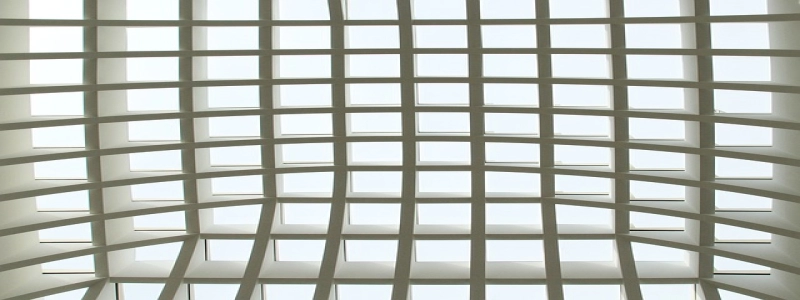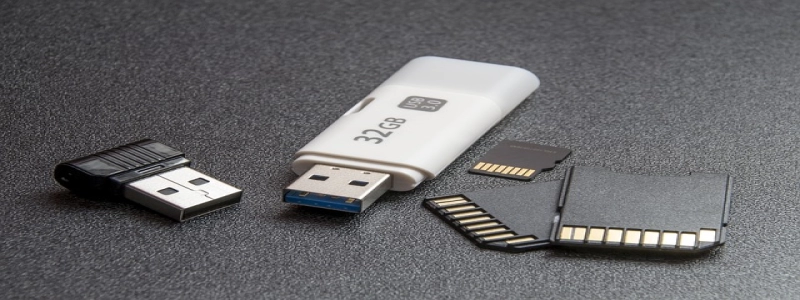Fiber Optic Cable Pricing
Introduction
Fiber optic cables are widely used in telecommunications and networking industries for transmitting data at high speeds over long distances. These cables are made of thin strands of glass or plastic that use light to carry information. The pricing of fiber optic cables can vary depending on several factors, which are discussed in this article.
Types of Fiber Optic Cables
There are various types of fiber optic cables available in the market, including single-mode and multi-mode cables. Single-mode cables are designed for long-distance communication and offer high data transmission rates. On the other hand, multi-mode cables are suitable for short distances and are commonly used in LAN (Local Area Network) setups. The pricing of these cables may differ based on their type and specific features.
Fiber Optic Cable Manufacturers
Several companies specialize in the production of fiber optic cables, each with its own pricing structure. Major manufacturers like Corning, Prysmian Group, and AFL Telecommunications have a reputation for producing high-quality cables. They often offer a range of cable options tailored to different industry needs. The prices of cables from these manufacturers may vary based on the quality and specifications.
Factors Affecting Pricing
1. Length: The length of the fiber optic cable is a significant factor that affects pricing. Longer cables will generally cost more due to the increased material and manufacturing costs involved.
2. Installation: The complexity of the installation process can influence the pricing of fiber optic cables. For instance, cables that require burial or installation in challenging environments may incur additional costs.
3. Connectivity: The type of connectors used in fiber optic cables can impact the pricing. Connectors like SC, LC, and ST have different characteristics and cost variations.
4. Performance: The performance specifications of fiber optic cables, such as data transfer rates and bandwidth capacity, can affect their pricing. Cables with higher performance capabilities are likely to have higher prices.
5. Customization: Some customers may require customized fiber optic cables designed for specific applications. Customization can involve additional manufacturing steps, resulting in higher pricing.
Market Demand and Competition
Market demand for fiber optic cables influences their pricing. If there is high demand and limited supply, prices may increase due to competition among buyers. Additionally, the presence of multiple manufacturers in the market can affect pricing as companies strive to offer competitive rates to attract customers.
Conclusion
The pricing of fiber optic cables depends on several factors, including the type of cable, manufacturer, length, installation complexity, connectivity, performance, customization, market demand, and competition. It is essential for buyers to consider these factors and choose cables that meet their specific requirements while staying within their budget. Understanding the various aspects of fiber optic cable pricing can help consumers make informed decisions and ensure the best value for their investment.








